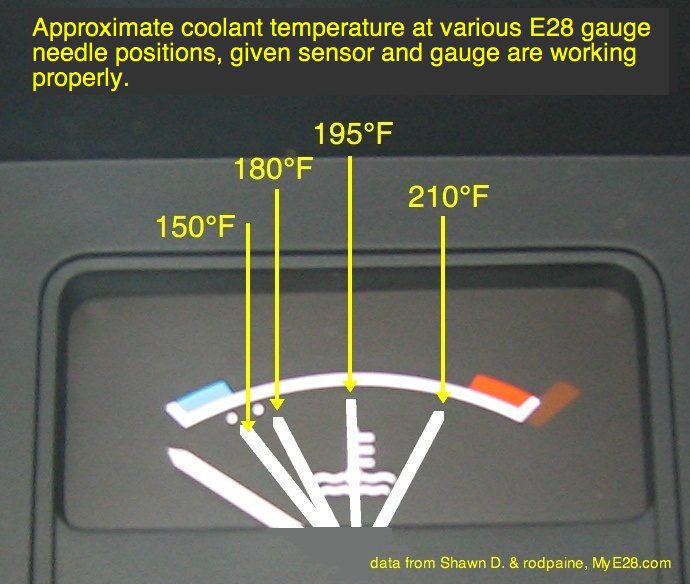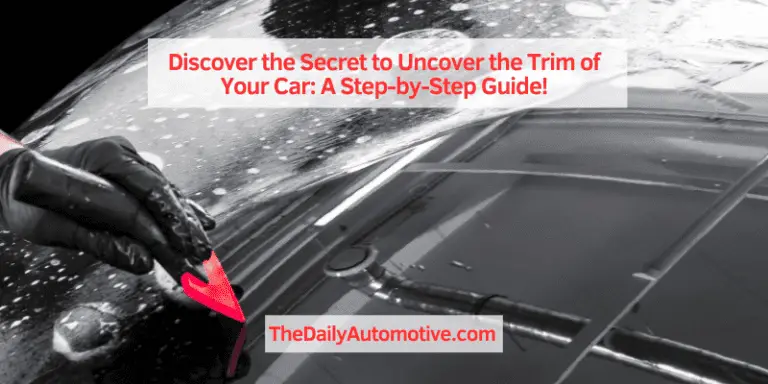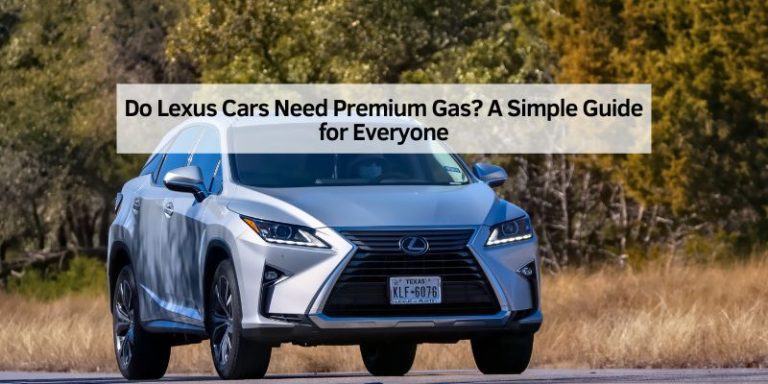What to Look for in a Used Car: Top Must-Check Tips
Check the vehicle’s history report and inspect its overall condition, including the engine, tires, and interior. Always take a test drive to assess performance.
Purchasing a used car can be both exciting and daunting. With countless options available, it’s crucial to make informed decisions. A reliable vehicle can save you money and provide peace of mind. Before making a purchase, evaluate essential factors like mileage, maintenance records, and accident history.
Understanding the market value of the car helps avoid overpaying. Don’t forget to check for any recalls and ensure all features function properly. By doing thorough research and inspections, you can find a vehicle that meets your needs and budget, allowing you to drive away confidently.
Introduction To Pre-owned Vehicle Shopping
Buying a used car can be a great choice for many. It often means lower prices compared to new vehicles. Many buyers enjoy lower insurance costs with pre-owned cars. These vehicles usually have less depreciation than new ones. This means they keep their value better over time.
Finding a reliable used car may also offer good features. Many models come with the same features as new cars. Some even include warranties or certified pre-owned options. This makes the purchase even more appealing. Always check the vehicle history report to ensure the car is in good shape.
Evaluating Car History
Checking the vehicle history report is very important. This report shows past accidents, title issues, and odometer readings. A clean history indicates a well-maintained car.
Service records help understand how well the car was cared for. Look for regular maintenance like oil changes and tire rotations. Missing records may mean neglect. A good record can show the car’s reliability.
| Service Type | Frequency | Importance |
|---|---|---|
| Oil Change | Every 3,000-5,000 miles | Prevents engine damage |
| Tire Rotation | Every 5,000-7,500 miles | Ensures even wear |
| Brake Inspection | Every 10,000 miles | Enhances safety |
Understanding Mileage Impact
Average annual mileage can show how much a car has been used. A typical car drives about 12,000 to 15,000 miles per year. Lower mileage often means less wear and tear. Cars with high mileage may need more repairs.
Considering both mileage and age helps in making a smart choice. A newer car with high mileage may be better than an old car with low mileage. Check the car’s service history for any issues. Look for records of regular maintenance.
| Factor | Importance |
|---|---|
| Average Annual Mileage | Indicates usage level |
| Car Age | Shows technology and features |
| Service History | Reveals maintenance care |
Physical Inspection Essentials
Check the body for any dents or scratches. Look for rust or paint damage. Ensure that the windows and mirrors are intact. Inspect the tires for even wear and proper tread depth. Examine the lights to ensure they function correctly.
The interior should be clean and free of odors. Check the upholstery for tears or stains. Test all controls and features to ensure they work. Examine the dashboard for warning lights. Make sure the seatbelts are functional and secure.
Mechanical Health Overview
Engine examination is vital for a used car. Check for leaks or unusual noises. Look for oil and coolant levels. A healthy engine runs smoothly without vibrations.
Transmission checks are important too. Test the gears for smooth shifting. Listen for any grinding sounds during changes. Inspect the transmission fluid for color and smell.
Brakes need careful inspection. Look for worn pads and discs. Test the brake fluid level and color. Ensure the brakes respond quickly without any pulling or grinding.
Test Drive Protocols
During the test drive, pay close attention to performance red flags. Listen for any unusual noises from the engine. Feel for vibrations in the steering wheel. Check if the brakes respond well without any grinding sounds. Ensure the acceleration is smooth and consistent.
Comfort and handling are also important. Sit comfortably in the driver’s seat. Adjust the mirrors and check visibility. Make sure the steering feels responsive and easy to control. Test how well the car turns and maneuvers. A car should feel stable and secure on the road.
Professional Inspection Advice
Hiring a mechanic for a used car is very important. A mechanic can help you find hidden problems. This can save you money in the long run. Always consider a mechanic before buying a used car.
Inspection reports are key in understanding a car’s condition. Look for signs of damage or wear. Reports highlight major issues like engine problems or accidents. Always ask for a detailed report from the seller.
| Inspection Type | What to Check |
|---|---|
| Engine | Oil leaks, strange noises |
| Brakes | Wear on pads and rotors |
| Tires | Even wear, tread depth |
| Body | Rust, dents, paint condition |
Negotiating The Right Price
Start by checking the car’s value online. Websites like Kelley Blue Book help find the fair market value. Compare prices from different sources. This gives you a better idea of what to expect.
Research the specific model you want. Check for any common issues that might affect its price. Knowing these details helps during negotiations.
Prepare to discuss repairs or maintenance needed. Use this information to lower the price. Always be ready to walk away if the deal isn’t right.
Lastly, stay calm and confident during negotiations. A positive attitude can lead to a better deal.
Finalizing The Purchase
Finalizing the purchase of a used car involves essential paperwork. Ensure you have the title, which shows ownership. The seller must sign the title over to you. A bill of sale is also necessary. This document records the sale and includes details about the car.
Check for the vehicle history report. This report reveals past accidents or issues. It helps confirm the car’s condition. Don’t forget to review the odometer reading for accuracy.
Transfer of ownership is key. Visit your local DMV with the signed title and bill of sale. Complete the required forms and pay any fees. This ensures the car is legally yours.
After Purchase: Next Steps
After purchasing a used car, schedule regular maintenance. This helps keep the vehicle in great shape. Check the owner’s manual for specific service intervals. Common maintenance tasks include oil changes, tire rotations, and brake inspections.
Consider extended warranty options for added peace of mind. This can cover repairs after the original warranty ends. Look for plans that fit your budget and needs. Read the terms carefully to understand what is covered. Many providers offer different levels of coverage.
Frequently Asked Questions
What Should I Check In A Used Car?
When inspecting a used car, focus on the exterior, interior, and engine. Look for dents, rust, or uneven paint. Check the condition of tires and brakes. Inside, ensure all features work properly. Finally, ask for maintenance records to understand the car’s history.
How Can I Verify A Used Car’s History?
To verify a used car’s history, obtain its Vehicle Identification Number (VIN). Use online services like Carfax or AutoCheck. These platforms provide detailed reports, including accident history, title status, and previous owners. This information is crucial for making an informed purchase.
What Is The Best Way To Test Drive A Used Car?
During a test drive, evaluate the car’s handling, brakes, and acceleration. Drive on various road types, including highways and inclines. Pay attention to unusual noises or vibrations. Test all features, such as air conditioning and audio systems, to ensure everything functions correctly.
Should I Get A Mechanic’s Inspection?
Yes, getting a mechanic’s inspection is highly recommended. A professional can identify hidden issues that may not be obvious to you. This inspection can save you from costly repairs later. It also provides peace of mind, ensuring you make a sound investment.
Conclusion
Choosing the right used car is crucial for a satisfying purchase. Always prioritize a thorough inspection and a reliable history report. Test driving helps you assess comfort and performance. By considering these factors, you can make an informed decision. Drive away with confidence in your new-to-you vehicle.
Happy car hunting!







